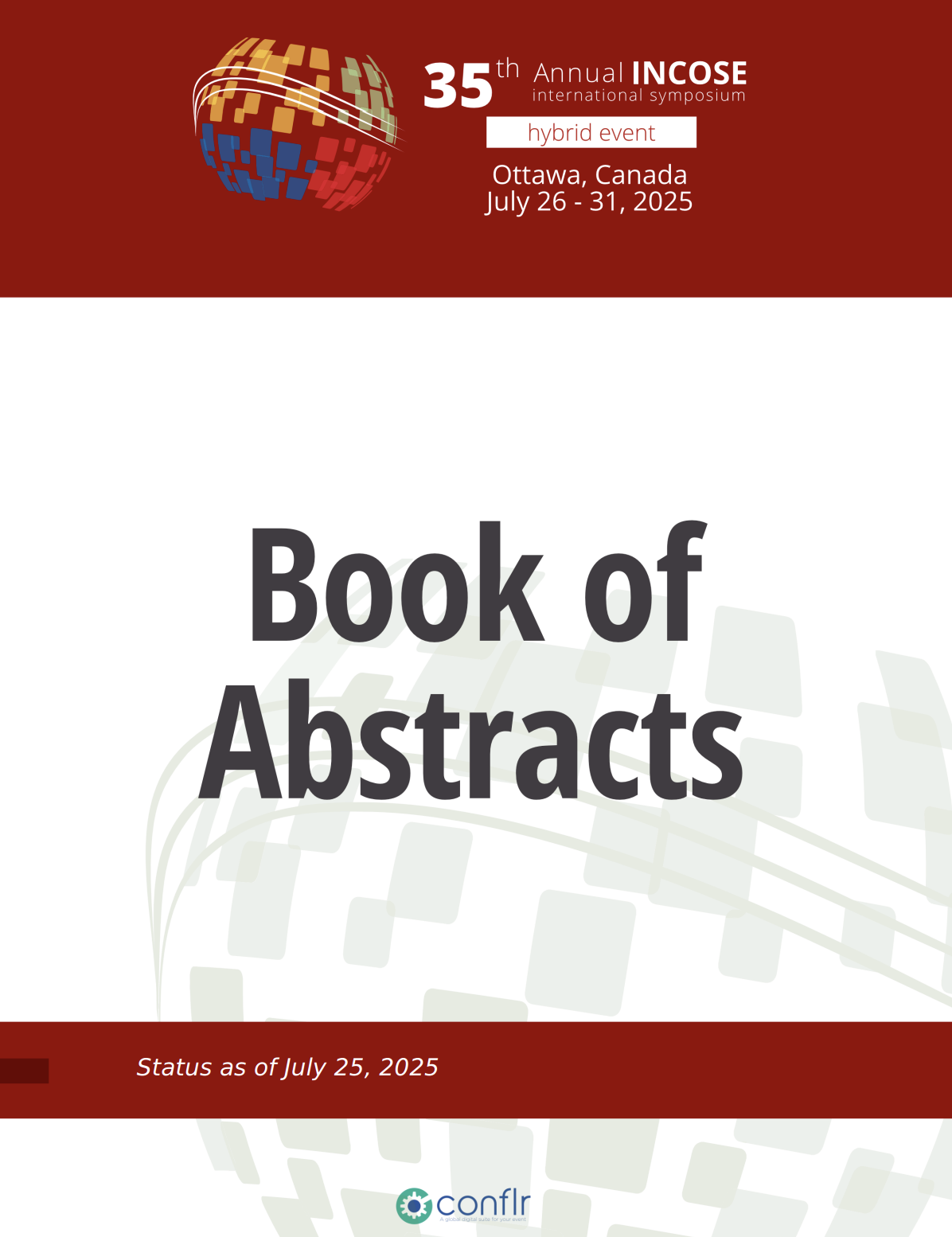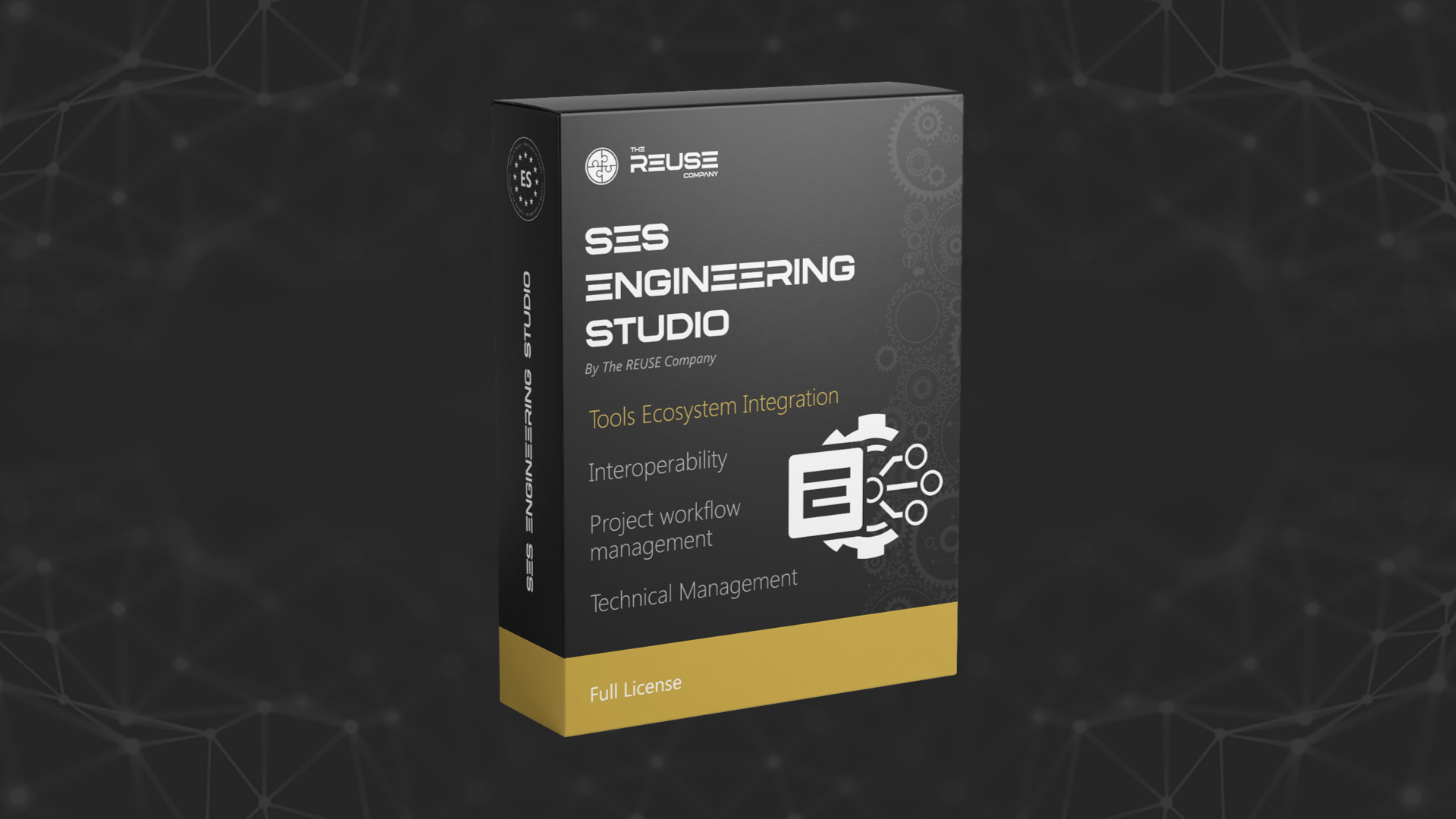Public acquisitions are expected to deliver the best value for taxpayers, yet contracting agencies often have to choose a supplier based on incomplete data: limited insight into technical maturity, unclear engineering effort, and lifecycle costs that are hard to compare across bids.


Such challenge is at the center of Christer Fröling’s whitepaper, “Boosting COSYSMO to derive a comprehensive Acquisition benchmarking tool”. In the paper, the CEO of The REUSE Company Scandinavia, proposes a practical way to make acquisition decisions more transparent and comparable.
By extending COSYSMO 2.0 with requirements quality metrics, Technology Readiness Levels (TRL), CMMI-based organizational maturity, and Total Cost of Ownership (TCO), the paper introduces a benchmarking model that helps agencies answer a key question: Who is the best supplier from a technical, economic, and project perspective, and what risks come with each option?
About the white paper
Presented at the INCOSE International Symposium 2025 in Canada, the document walks the reader through a complete acquisition-oriented view of COSYSMO 2.0, including:
- Using COSYSMO 2.0 in public acquisition:
How to adapt the model when the systems engineering effort is shared between the contracting agency and one or more suppliers. - Aligning systems engineering effort with ANSI/EIA-632:
How to divide SE work between purchaser and supplier using a transparent workshare based on lifecycle activities. - Requirements quality as a cost driver:
How metrics derived from the INCOSE Guide to Writing Requirements (GtWR) are used to classify requirements as easy, nominal, or difficult, and how this classification affects the COSYSMO estimate. - Assessing acquisition risk with TRL and CMMI:
How bidder self-assessments of technology maturity (TRL) and organizational maturity (CMMI) can be structured, evidenced, and then translated into COSYSMO effort multipliers. - Towards an evidence-based Total Cost of Ownership (TCO):
How to combine engineering cost, unit price, and lifecycle cost elements (operation, maintenance, end-of-life) into a comparable TCO view across bidders.
Related Links
Newsletter
Subscribe to our Newsletter



